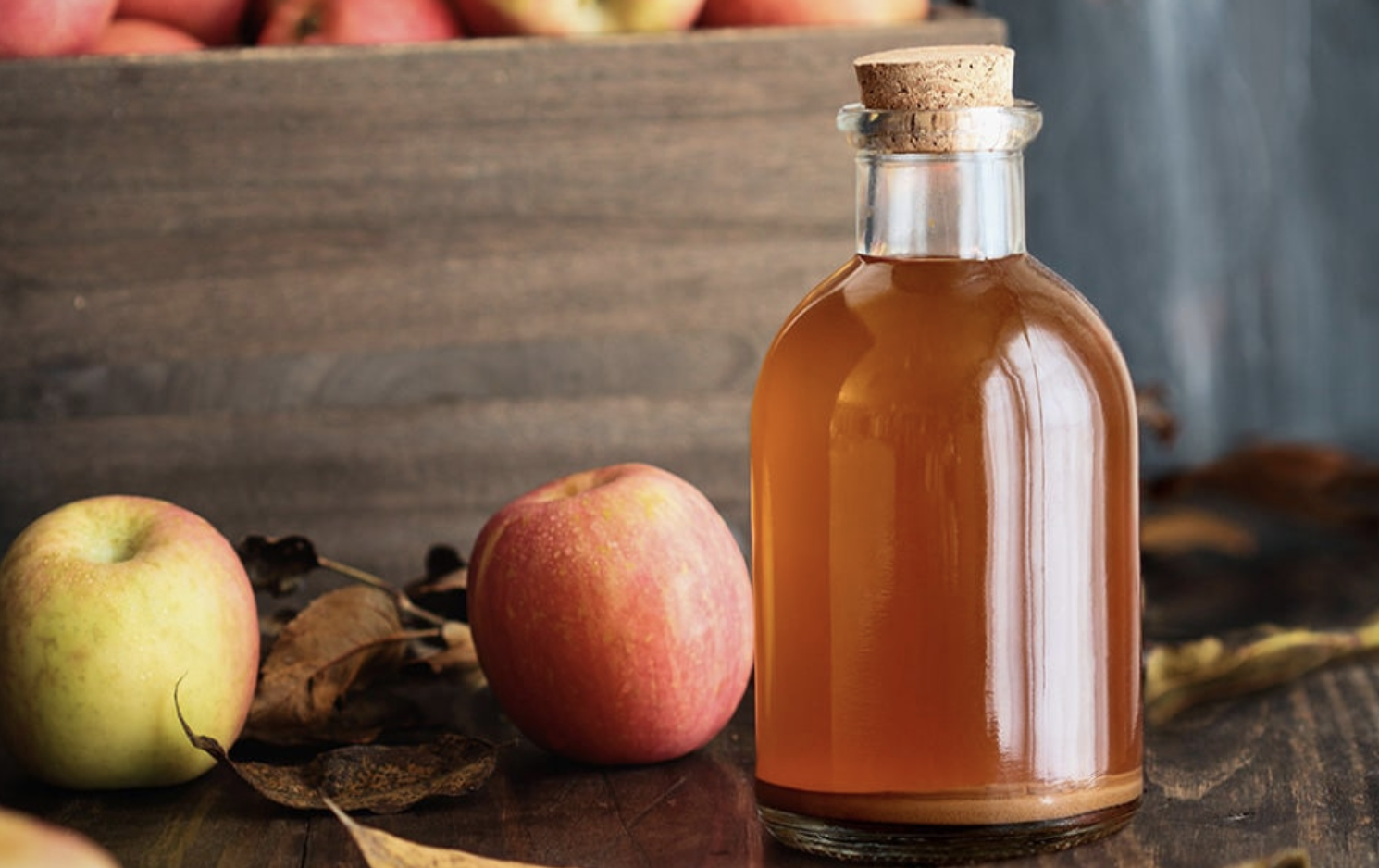Madeleines with a nice bump, like in our childhood
Mythical cake of our childhood, the madeleine is delicious when it is soft, golden and above all… well rounded. We give you our tips for reproducing it at home.
How to make madeleines with a pretty bump?
Do not completely fill your madeleine molds
Overfilled molds are the guarantee of a dough that overflows during cooking. As a result, your madeleines are misshapen. Although this has no impact on the taste, it would be a shame if their appearance spoils the tasting. To avoid this, fill your madeleine molds ¾ full, the equivalent of a good tablespoon of batter. Thus, you will have well-formed madeleines.
Prefer metal molds to silicone molds
To "seize" your madeleines and obtain a golden crust, it is better to abandon silicone molds in favor of metal ones. Indeed, the latter conduct heat much better than silicone prints. As a result, you will have a better contrast between the inside and the outside of your cakes. If you don't have one, it is still possible to make madeleines with a silicone mould. You will only have to prolong the cooking for a few minutes to obtain a nice color.
Use the oven's natural convection function
If convection cooking is quick and even, you will see that natural convection will give much better results for madeleines. Indeed, this cooking method allows heat to be diffused vertically, thanks to the resistances located at the top and bottom of the oven. It thus promotes the "growth" of the pasta, or in the case of madeleines, their bumps. In addition, the air blown by the convection function could deform your cakes. Do the test with muffins and madeleines, you will see that they grow askew.
Bake your madeleines on the oven rack rather than on the plate
This little trick, which may seem optional, nevertheless plays an essential role in the distribution of heat. Remember, we are trying to obtain vertical cooking to make our madeleines rise. However, if a plate is used, the heat will not be able to rise properly. Conversely, with a grid, it will have plenty of time to spread to help the madeleines grow.
Cause thermal shock

There it is, the secret of this famous bump! To form it, you have to create a thermal shock between the temperature of the raw dough and the heat of the oven. It is therefore advisable to prepare the madeleine dough in advance, or even the day before, to let it rest for 12 hours in the refrigerator. The next day, first bake your cakes at 210°C, then when the bump has formed, lower the temperature to 180°C. Cook for ten minutes, the time to finish cooking. You will thus obtain soft, puffy madeleines.
Give it a try
In pastry, the result can differ according to the people, the ovens, and the material, even if you scrupulously follow the instructions. This is why we advise you to carry out several tests to find the perfect recipe. Regarding madeleines, keep in mind that the thermal shock is essential. Then, you are free to choose the temperature and cooking time that suits you. Christophe Michalak recommends, for example, baking the cakes at 200°C, then immediately turning off the oven. Once the bump has formed, the oven must then be turned back on at the same temperature. The madeleines are cooked when they are golden brown. Pierre Hermé prefers pre-cooking at 240°C, before lowering the temperature to 220°C. Conclusion: it's up to you to find what works for you.
The recipe for madeleines
Preparation: 10 mins Cooking: 15 mins
For 4 people
Melt the butter. Heat the milk and honey over low heat, without boiling. Whisk the eggs with the sugar until the mixture whitens. Pour the milk-honey mixture over the blanched eggs, then add the flour and baking powder. Finally add the melted butter, then the orange blossom water. Mix to smooth the dough. Reserve it for 12 hours in the refrigerator. Preheat your oven to 210°C in natural convection mode. Butter madeleine moulds. Fill each cell ¾ full with batter. Bake for 5 min. Once the bump is formed, lower your oven to 180°C. Continue cooking for 10 minutes. Your madeleines should be well puffed, with a nice golden color. Take them out of the oven, but wait a few minutes before unmolding them. Let them cool on a wire rack, or serve them still warm.
Our advice: like Marcel Proust who liked to taste his madeleines dipped in tea, accompany your cakes with a delicious hot autumn drink.
To each his Proust madeleine
The advantage of madeleines is that the recipe can be personalized according to taste. With orange blossom, lemon, or filled with jam as in our childhood, they will delight young and old. Others will still prefer to flavor the dough with cocoa, pistachio paste, or even matcha tea for rice lovers. Moreover, the madeleine is not only reserved for snacks, it can also appear at aperitif. All you need to do is leave the dough unsweetened, then add cheese, olives or bacon bits… Homemade, sweet or savory madeleines are always a treat.
How to store madeleines to make the pleasure last longer?
If you managed not to swallow the whole batch at once (congratulations), you can keep your madeleines refrigerated for up to 8 days. To do this, wait until your cakes are completely cooled, then lock them in an airtight box, made of glass or metal. All you have to do is store it in the fridge, and you're done.










10 Ways to Stay Safe When You Live Alone
How to draw a rose: our methods
Hotels, restaurants: tips paid by credit card will soon be tax-exempt
"I was a rot in the evening and a good cop in the morning": meeting with "Haurus", the thug policeman of the DGSI